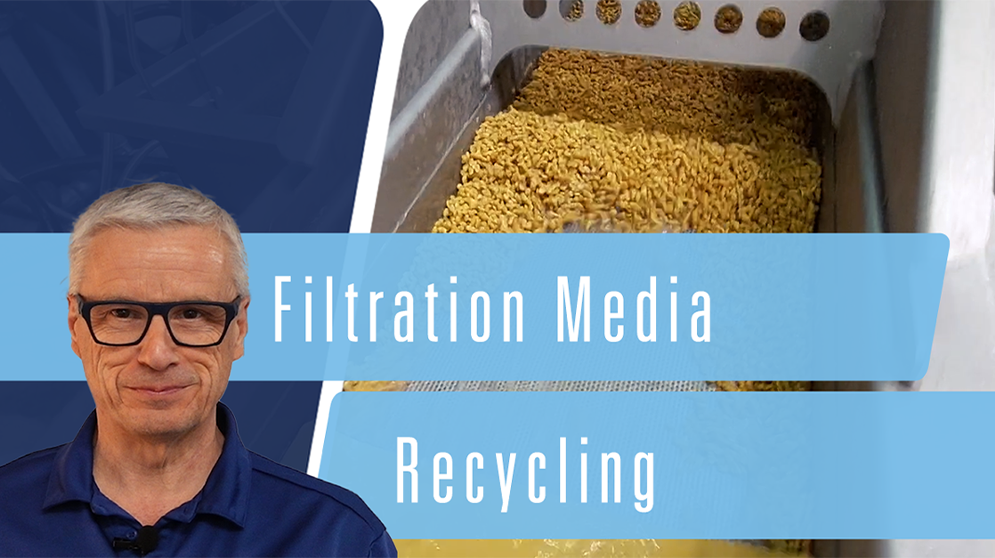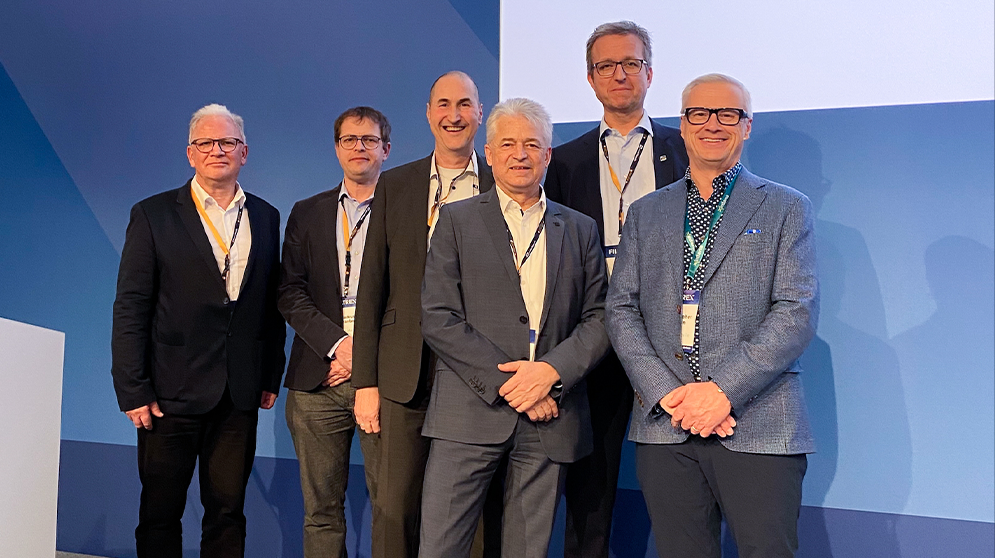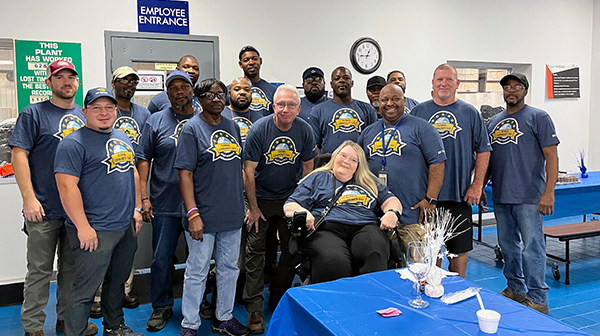Sometimes, the smallest actions lead to the biggest impacts. That’s exactly what happened to 20-year-old Amelie Bischof. Amelie is currently completing her vocational traineeship (a dual training program combining practical work and classroom training) in warehouse logistics at our JM Wertheim, Germany plant. When she decided to register as a stem cell donor - with just a simple swab of the cheek and a few minutes of her time - months later she was given the chance to help save a life. We sat down with Amelie to hear her inspiring story about how she became a stem cell donor, what the process was like, and why she hopes more people will follow her example.

I Never Thought It Would Happen So Fast
JM: Amelie, how did you first get involved with stem cell donation?
Amelie: It all started with a call to action in my local carnival club. A young boy in our region needed a donor, and we were encouraged to register with DKMS (a German bone marrow donor registry). My whole family was already signed up, so I figured - why not? I was young, healthy, and if I had the chance to save someone’s life, why wouldn’t I take it? I registered in May 2024, and to my surprise, I got my first call just three months later. My mom has been registered for 18 years and never received a request, so I didn’t expect it to happen so quickly!

The Process Was Easier Than I Thought
JM: How did the donation process work?
Amlie: First, DKMS reached out to confirm I was still willing to donate. They explained everything clearly, including the two different ways stem cells can be collected. By November, I got the final call: my stem cells were the best match for a patient. I had a thorough health check-up on November 14, and my actual donation took place on December 11 in a hospital in Nuremberg. DKMS covered all travel costs, so I didn’t have to worry about a thing. I had a few bruises at the injection sites from the donation itself, and I couldn’t do physical activity for two weeks afterward. But honestly, that was nothing compared to what the recipient was going through.

Somewhere in the U.S., There’s a Man with My Stem Cells
JM: Did you have any fears or second thoughts?
Amelie: Not at all. I just thought, if I could help someone, why wouldn’t I? There’s really nothing to lose.
JM: Do you know anything about the person you donated to?
Amelie: No, everything is kept anonymous. The only thing I know is that my stem cells were sent to the U.S. and given to a male patient. After two years, if both of us agree, we might have the chance to connect. I’d love to meet him if that ever becomes possible.
JM: How has this experience changed you?
Amelie: My mom says I’ve become more confident, and I think she’s right. There’s something empowering about knowing you made a difference in someone’s life in such a direct way.

You Have Nothing to Lose - But Someone Else Has Everything to Gain
Amelie’s story is a powerful reminder that saving a life can be much simpler than we think. Whether it’s through blood donation, stem cell registration, or simply supporting those who do, we all have the ability to make a difference. Stories like Amelie’s inspire us to go the extra mile. Not just in our work, but in the way we impact the world. So, if you’ve ever thought about registering as a stem cell donor, let Amelie’s story be the push you need.
-
Engineered ProductsWhy Exterior Sheathing Needs a Tough Partner – And Why Our Fiberglass Nonwovens Are Up for the Job
-
Engineered Products
-
Engineered Products
-
Engineered Products
-
Engineered Products
-
Engineered ProductsHow to Solve Industrial Filtration Challenges with Evalith® Micro Fiberglass Filter Tube Media
-
Engineered Products










